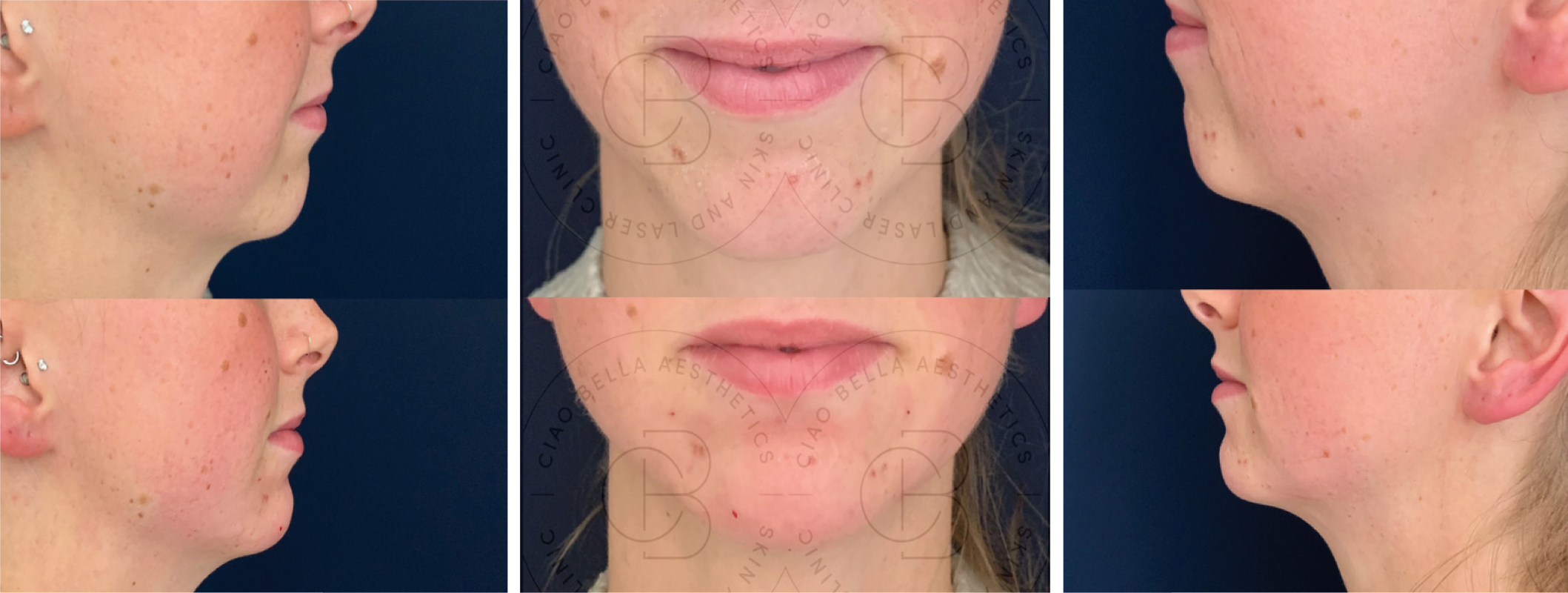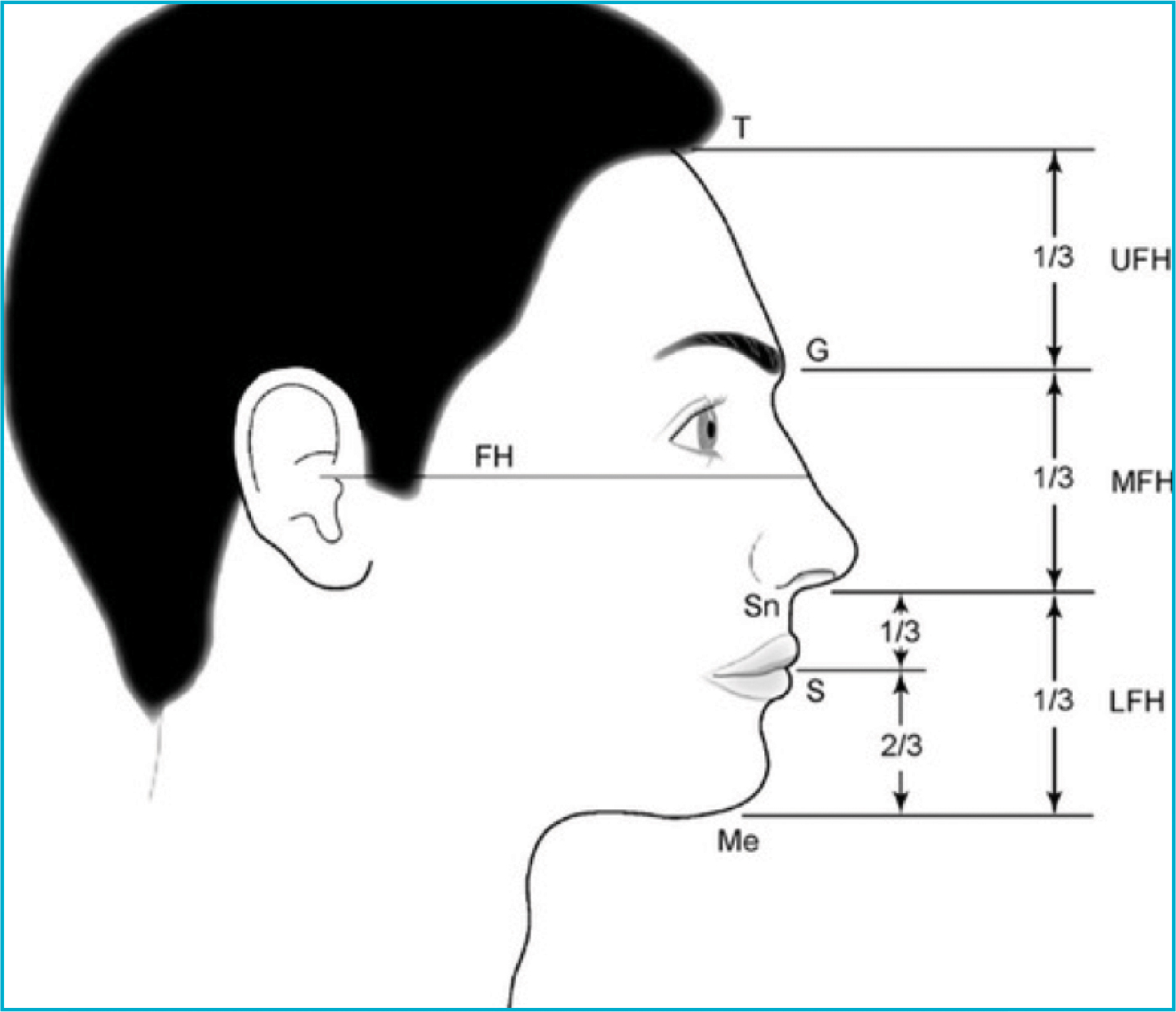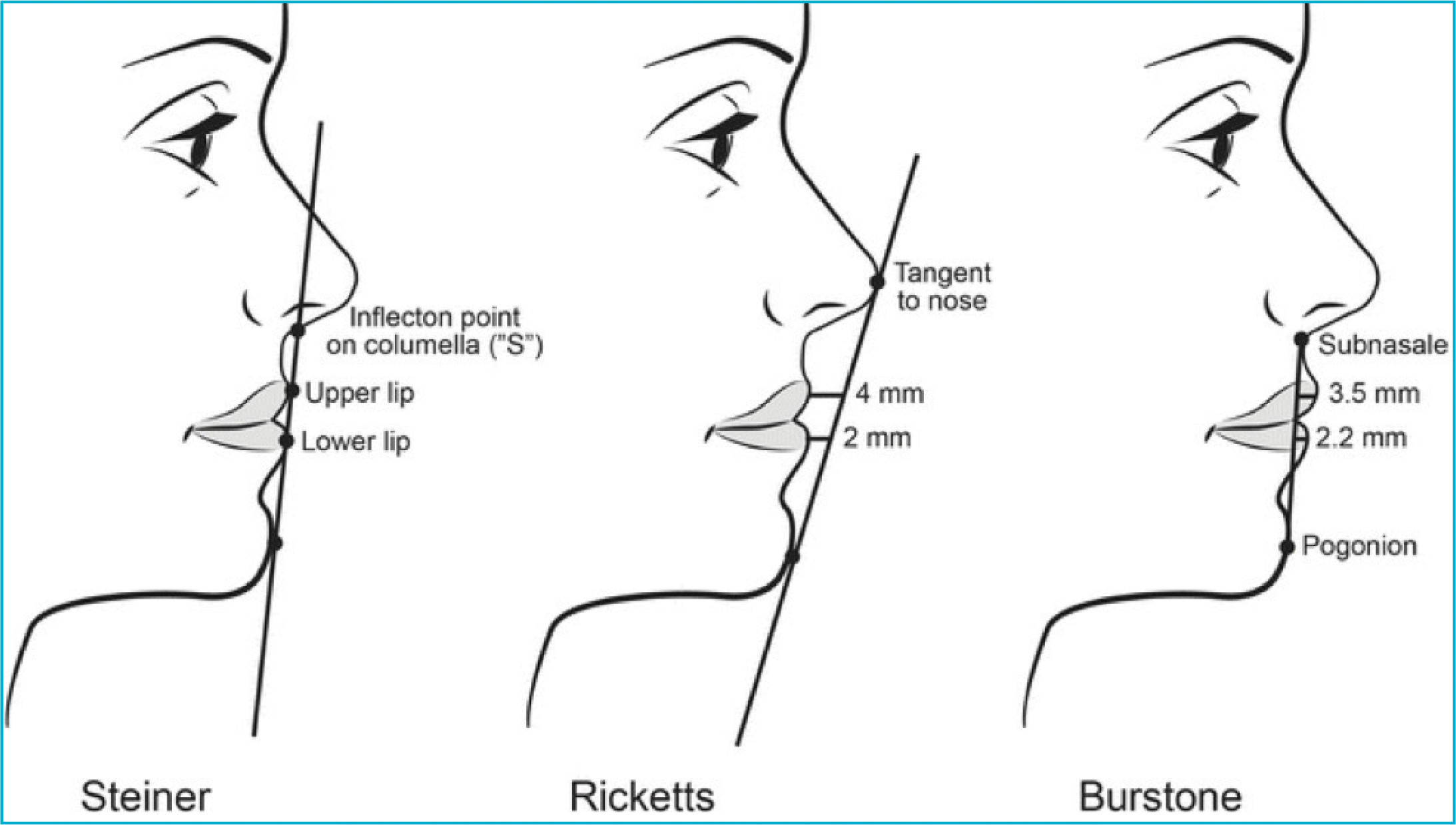
Positive ageing procedures are sought to improve a range of aesthetic concerns among both men and women. This demand is continuing to rise worldwide. Treatment demands consist of lip, cheek, jaw and chin enhancements. Overall, the purpose of said treatments are for the enhancement of self-confidence. Not only does this positively impact on a person's mental well-being, it is said to improve life in many ways; for example, better job opportunities, more confidence in relationships, confidence in social situations and so forth (Wang et al, 2016). There is a rise in aesthetic patients adapting the attitude that a youthful appearance is the best thing you can wear (Swift and Remington, 2011), with youthfulness defined as smooth, dewy skin, full cheeks, plump lips and a tight jawline. This is recognised as defining beauty, so many men and women seek out profile-balancing treatments.
The lower face is an area treated to reduce ‘turkey neck’, masculinise the male face or to simply look more chiselled in the younger lady. The lower face profile demonstrating the right size, shape and contour is recognised to give harmonisation, demonstrate a better symmetry and balance in accordance with the historic golden ratio (Lee, 2013).
The youthful face and the ageing process
The youthful face is not defined solely by the absence of lines and wrinkles but by the distinctive volumetric distribution of soft tissue (deLorenzi teal, 2009). As we age, bone resorption, muscle atrophy, fat pad and collagen depletion are responsible for the visual changes seen in the descending orbital rim and the elongation of the face (Miller, 2018). Additionally, the maxilla is susceptible to uneven retrusion and bony resorption resulting in mid face hollowing and the appearance of jowls secondary to relative concavity (Mendleson and Wong, 2012). Chin ptosis presents because of the premental tissue and a deep submental fold that characterises an older appearing lower face, which is often likened to a ‘witch's chin’ and is typically seen more in the female skull (Bernardi et al, 1999).
It is not only the ageing process that has an impact on the structure of the chin. Variances in lower face structures are also determined by genetics with craniofacial profiles being graded based on the position of the mandible (Mommaerts, 2004). Gender, ethnicity, age and congenital malformations are also deciding factors in one's facial structure (Collett and Speltz, 2007).
Chin microgenia (an undersized chin) may present vertically (characterised by the lower lip to chin height relationship) or horizontally (characterised by chin recession with a normal lower lip-chin height) (Allergan, 2019). Fortunately, surgery is no longer the only option, although, in some instances, it may be the best option (for example, in strong bone deformities affecting the mid and lower face where mandible realignment may be required). However, in most cases, soft hyaluronic acid (HA) filler can be used to enhance and improve the deficiencies calculated. The ideal method of treatment should be tailored to age, as well as being inclusive of soft tissue quality, quantity, bone and tooth status (Bertossi et al, 2015).
Assessment
Assessment of the lower face should include dental morphology, skeletal evaluation and soft tissue analysis. This should include the comprehensive inclusion of lip competence, facial height, facial symmetry, labiomental fold, lip-chin relationship and nose-chin evaluation (Lee, 2013).
In aesthetic medicine, when evaluating the face in profile, the ‘golden ratio’ is frequently used to calculate facial ratios in its thirds, comparing main features in a 1:1.618 measurement. The golden ratio dates back to antiquity, when the Ancient Greeks believed beauty was represented by a ratio of 1:1.618 (Pallett et al, 2010). Spatial relations between facial features will determine attractiveness; for example, in the female chin, the intra-canthal distance should be the same as the distance of the nasal flare. The chin should extend horizontally and no further than the width of the base of the nasal alar. In the male face, the chin should be wider than the nasal alar and the jaw wider and square. Understanding these proportions is vital in identifying discrepancies, allowing the practitioner to make alteration in either or both features for a better harmony (Ward et al, 2007).
Structural differences in males and females
When considering structural differences, it is important to plan volumes as overfilling in the female face will result in a potentially wider chin and jawline. This will masculinise the facial features, rather than compliment them (Miller, 2018), as the female chin should appear soft, delicate and oval, with less volume seen in the lateral areas.
Case study 1

The male face is wider at all levels (Miller, 2018); therefore, in a male augmentation, adding filler to widen the chin and angle of the mandible will compliment the facial features and give the lower face the more robust appearance, as discussed earlier. Overall, the impact of a youthful appearing lower face is said to be greater than a strongly defined jawline and good chin projection, as it is considered a standard of beauty (Swift and Remington, 2001).
Calculating volume and the areas for improvement
Traditionally, the face is measured in vertical equal fifths (see Figure 1) (Ward et al, 2007) and divided into equal thirds on profile view (see Figure 2). There are multiple methods in which to calculate volumes, areas for improvement and by how much a feature should be altered. The chin can be described by using different landmarks: the pogonion (the most anteriorly projected point, just below the mental crease), the gnathion (midpoint between the pogonion and menton and may present as ‘flat’ or lacking volume) and the menton (the most inferior of projection points). Namely, these three landmarks are where the deficits are noted and clearly seen in Case Study 1.
 Figure 1. Traditionally, the face is divided into equal fifths, which provides a useful framework for aesthetic procedures
Figure 1. Traditionally, the face is divided into equal fifths, which provides a useful framework for aesthetic procedures  Figure 2. The face divided into equal thirds, detailing the upper facial height (UFH), mid facial height (MFH) and lower facial height (LFH)
Figure 2. The face divided into equal thirds, detailing the upper facial height (UFH), mid facial height (MFH) and lower facial height (LFH)
Ricketts recommended using the E-line, which assesses the overall alignment of the nose, lip and chin (see Figure 3). It is marked by following the nose tip point (pronasale) to the most prominent chin point; however, Steiner evaluated the soft tissue (ST) profile by drawing a line from the ST pogonion to the columella of the nose (Buschang et al, 2011) (see Figure 3).
 Figure 3. Various lines can be used to map the face, including the Steiner line, Ricketts line and Burstone line
Figure 3. Various lines can be used to map the face, including the Steiner line, Ricketts line and Burstone line
Methods and techniques
Methods used in Case study 1 consist of measuring the glabella (labelled G in Figure 2) to the pogonion on the profile, this exposed a malpositioned recession, shortening the neckline and weakening the side profile of this female patient. Her lower lip to chin height was balanced presenting 1/3 Subnasali to top lip:2/3 bottom lip to chin.
The treatment strategy is based on the MD Codes (2015), developed by Mauricio de Maio a world-renowned plastic surgeon. MD codes were created to make injectables straight forward with guided codes that represent anatomical landmarks for injection.
Aseptic non-touch technique was used to deliver treatment. The skin was prepared using chlorhexadine and areas of deficit were marked. Multiple technique approach used both needle and cannula with a total of 1.8ml of Volux.
Deep periosteal injection using a bolus technique was used to improve projection, while a cannula was used to increase soft tissue volume and reshape the forward-facing profile (see Case Study 1). By adding a series of injections over landmarks recognised as the pogonion, gnathion and menton, there is a visible change to both the side and forward-facing profile. The chin (or mental) crease was treated using a cannula and retrograde linear threads and, likewise, in the pre-jowel where a fanning technique achieved deep subcutaneous volumisation of the lateral soft tissue.
Product choice
The product used is a recently developed HA filler with a HA concentration of 25mg/mL, which has been specifically designed for augmentation of the jawline and chin (Volux®, Allergan, CA). The unique Vycross® technology in this particular product gives an exceptionally high G prime (93 gmf) (Allergan, CA) as well as high cohesivity, therefore lifting capacity.
Anatomy and potential complications
Common side effects of all dermal injections include swelling, redness and bruising (Lemperle and Duffy, 2006). This should always be discussed with the patient prior to treatment to reduce treatment-related anxiety and keep the person informed of potentials associated with treatment.
The chin is supplied by mental and submental arteries, which are branches of the inferior alveolar artery and facial artery (de Maio et al, 2017). The submental artery is below the border of the mandible and can reach the midline of the mental crease (Wang et al, 2017). Awareness of neurovascular bundles and arterial blood supply are of utmost importance, particularly when variations of anatomy can occur. Occasionally, the submental artery anastomoses with the lingual artery (Wang et al, 2017), providing blood to the tongue in abundance. A combination of needle and cannula should be used when identifying high-risk areas of the lower face, if treating close to a ‘danger zone’, opting for cannula will minimise the risk of intra-arterial placement of dermal filler.
Consequences of intra-arterial, intra-venous or vascular compression caused by injection of viscous material can result in infarction and necrosis or tissue death (Miller, 2018). Additionally, more serious adverse events of cardiovascular compromise can lead to blindness, cerebral infarction and, in rare cases, tongue necrosis (Wang et al, 2017). Therefore, it is important that every practitioner is up to date with the management of complications, as well as having immediate access to emergency medication.
Conclusion
Perceptions of facial profile attractiveness are multifactorial (Denize et al, 2014) and a weak or recessed chin can dramatically change other features of the face by making the nose look larger and the neckline look shorter (Dolan, 2015). Dermal fillers that are matched appropriately to the cosmetic defect and injected with proper technique can provide excellent cosmesis (Sherman, 2009).
Treatment may be indicated for a number of reasons: medically, exploring the physical deformities, physically, meeting the requirements of the patient, or mentally, making changes to enhance and improve the way a person may perceive their self.



